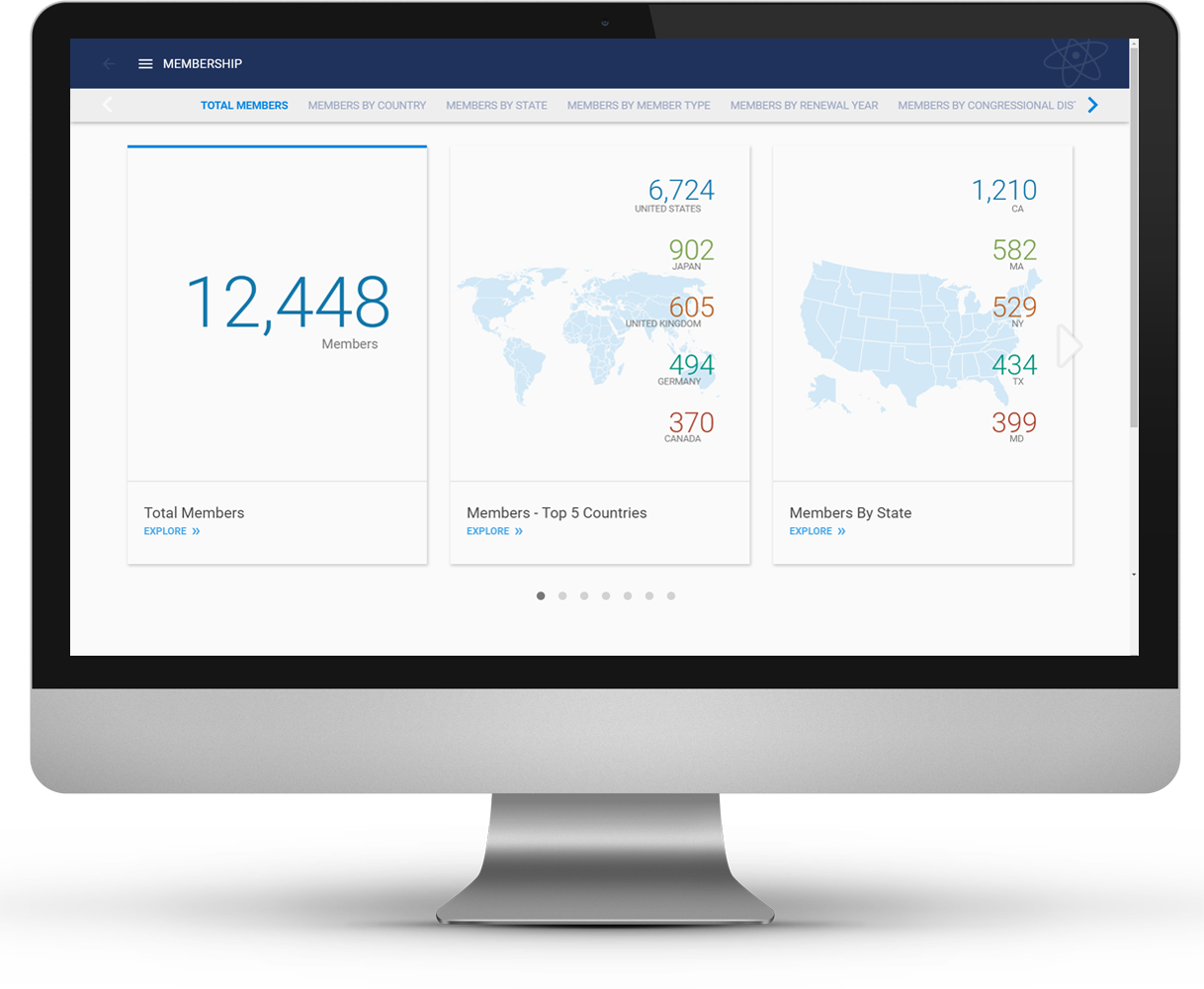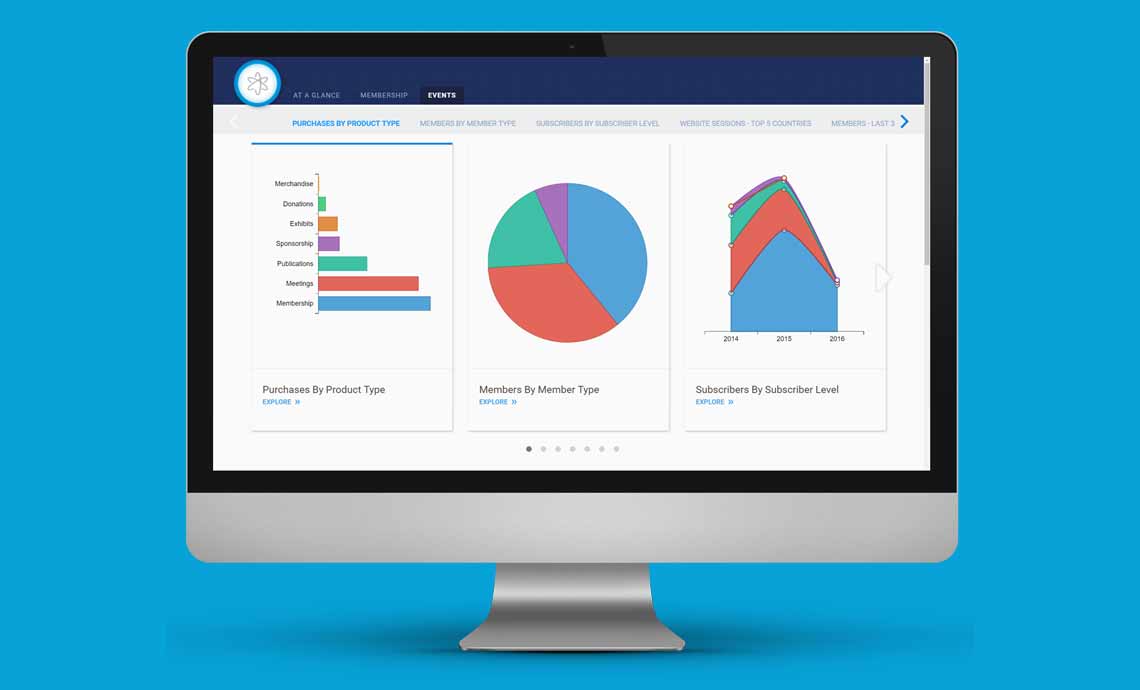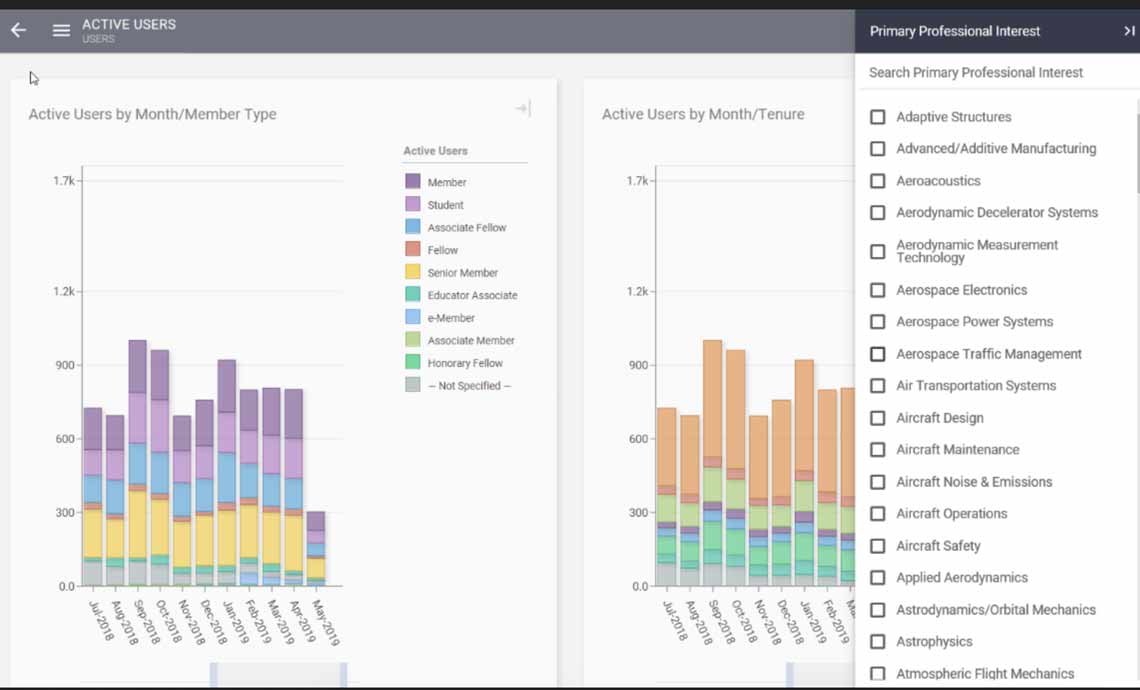“Let’s build a second floor on top of this pup tent in our backyard,” said no one, ever.
And yet, this is exactly what happens when associations say “Let’s build a data analytics program” when their source data is not yet ready for prime time.
In both cases, a poor foundation will make for a very poor outcome.
Clean data is critical for all downstream activities. Whether it’s revenue management, reporting, or data analytics, without clean data, any “grand ideas” for being a data-driven association are out the door.
So where should you begin? Start by looking at the current state of your organization’s data. A simple exercise I use with my clients is identifying data channels. With this exercise, you identify all the sources of data coming into the organization, who manages those data sources, where those data sources are managed, and what key data points are in each of those channels.
For example, many associations manage data both within the AMS and outside the AMS, in spreadsheets, other custom databases, and with third parties (e.g., event registration systems/services). The data channels exercise allows you to see where all of the data is, and allows you to identify where the gaps are in your current processes (e.g., where data isn’t being actively managed and thus getting stale, or where data is being created but not being used past initial transactions).
Once you’ve identified the gaps, you can begin determining how to address the gaps.
For example, suppose your organization is using a third-party registration system for your annual meeting. I’ll often find that my clients are not bringing key data from the third-party back into the primary AMS. So while John is a member (record in the AMS) and John attended the last annual meeting (record in third-party system), the AMS does not reflect that John attended the annual meeting. And worse yet, the two records do not have any kind of common unique identifier. As a result, his record is not complete, which can impact marketing, communication, and customer service efforts. And without the common unique ID, any data analytics efforts will be difficult if not impossible.
If you do have a common identifier between your system, you have a second option which is to move the data from the multiple systems into a data analytics solutions and blend the data together there. Through blending, you will have a comprehensive view of your members to support your marketing and customer service efforts. It is still best to push clean data into your analytics solutions but these tools can also be used to help uncover pesky data inconsistencies that then can be corrected in the source systems.
The key word is control. You have to have your data under control before you’re ready to really start leveraging the data you have. And control means understanding where the data is, who is responsible for managing it, and making sure it’s as clean as it can reasonably.
Don’t try to build that second floor on the pup tent.
 Guest Author – Wes Trochlil
Guest Author – Wes Trochlil
Effective Database Management


